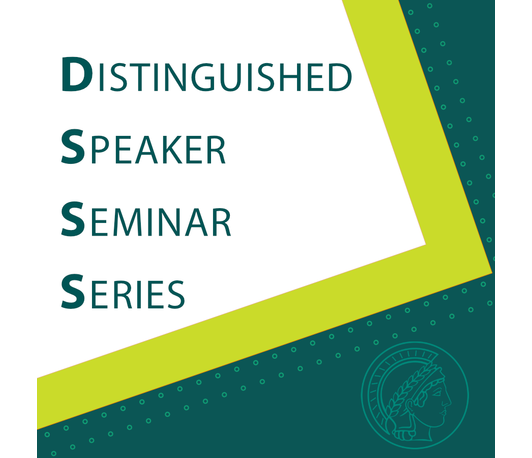DSSS - Going with your gut: how C. elegans uses chemistry to sense the microbes within
- Date: Jul 11, 2025
- Time: 03:00 PM - 04:00 PM (Local Time Germany)
- Speaker: Assis. Prof. Michael O’Donnell
- Assistant Professor of Molecular, Cellular and Developmental Biology, Wu Tsai Institute, Yale University
- Location: NO.002, MPI für Intelligente Systeme
- Topic: Discussion and debate formats, lectures

Animals must flexibly respond to environmental stimuli to survive, and the optimal response(s) to these external stimuli may vary depending on an organism’s current needs. For example, depending on an animal’s current nutritional status, or ‘feeding state’, prioritizing the pursuit of food over other needs such as rest or reproduction is likely beneficial. Many organisms have evolved both cell-intrinsic and intertissue hormonal signaling pathways that may serve as indicators of current feeding status via changes in levels of nutrients such as sugars, amino acids and fatty acids. Recent work has shown that in addition to direct internal sensing of nutrient levels, chemical or mechanical cues that are only indirectly associated with food can have profound effects on animal behavior and metabolism. However, how information about feeding history is encoded and integrated with chemosensory stimuli is not currently well understood. Our lab has found that in the foraging nematode C. elegans, chemical cues derived from prior consumption of their microbial food source are covalently linked with host-produced neurohormones via glucosylation to drive behavioral responses. We are using high-resolution metabolomics analysis coupled with behavioral genetics and neuronal imaging to identify the intertissue trafficking pathways by which these cues are produced and regulated in space and time. We propose that this represents a general chemical mechanism by which organisms like C. elegans can integrate information from prior consumption to improve prediction of the presence of nutritive food during foraging decisions.